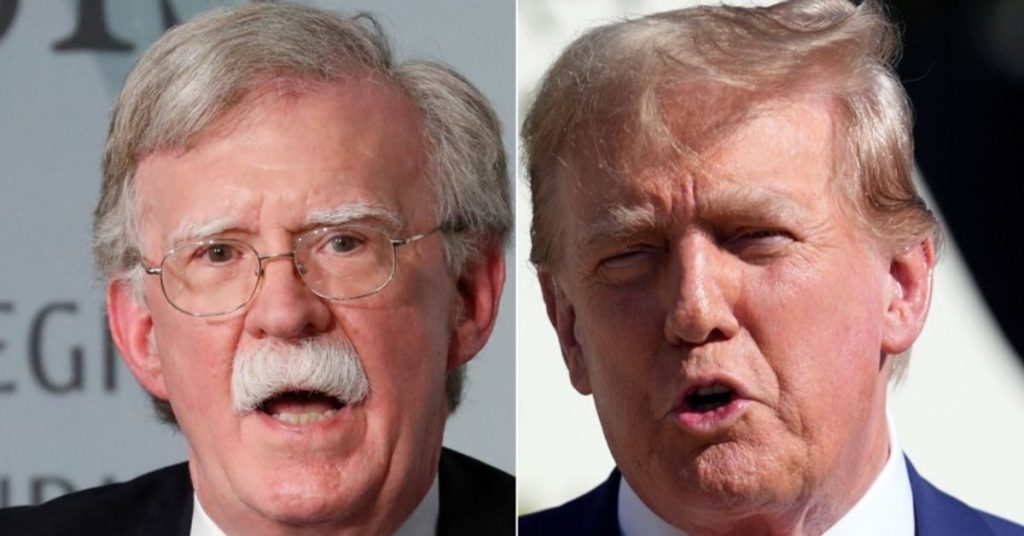In a recent interview, the ex-national security adviser revealed a method that could potentially influence the former president for a period of time. This revelation has sparked interest and curiosity among political pundits and experts who are eager to understand the dynamics of this strategy and its potential impact on the decision-making process of a former president.
The method, as described by the ex-national security adviser, appears to involve a combination of strategic communication tactics, psychological manipulation, and possibly leveraging the individual’s personality traits and vulnerabilities. While the specifics of the method remain undisclosed, it is clear that it is intended to sway the former president’s decisions and behavior in a particular direction, at least temporarily.
The fact that this method is believed to be effective “for at least a while” suggests that it may not have a lasting impact on the former president’s mindset or actions. This raises questions about the sustainability and ethical implications of using such tactics to influence a prominent political figure, especially one who holds significant sway over public opinion and policy decisions.
Despite the potential ethical concerns associated with manipulating a former president’s thought process, the effectiveness of the method underscores the complex and nuanced nature of political influence and persuasion. In the high-stakes world of national security and geopolitical strategy, decision-makers must often resort to unconventional methods to achieve their objectives and protect their country’s interests.
The revelation of this method has sparked debate and speculation among political analysts and commentators, who are eager to delve deeper into the implications and potential risks of using such tactics on a former president. Some may argue that the ends justify the means, especially in situations where national security concerns are at stake. However, others may express concerns about the ethical implications of manipulating individuals in positions of power.
Ultimately, the disclosure of this method sheds light on the intricate and often unorthodox strategies employed in the realm of national security and political influence. While the specifics of the method remain shrouded in secrecy, its potential impact on a former president’s decision-making process has generated interest and discussion among experts and observers alike. As the dynamics of power and influence continue to evolve in the modern world, understanding the nuances of these strategies is essential for navigating the complex landscape of international relations.


